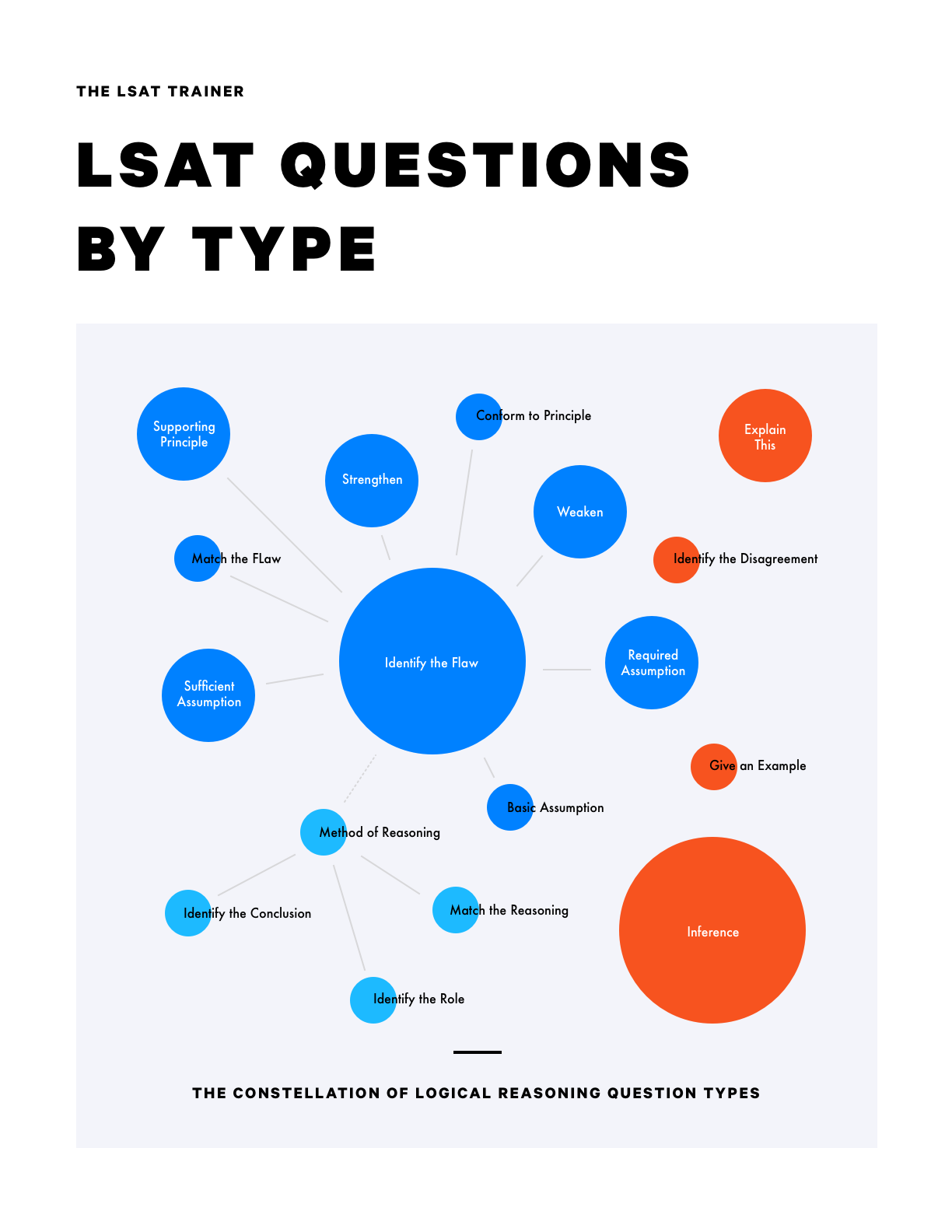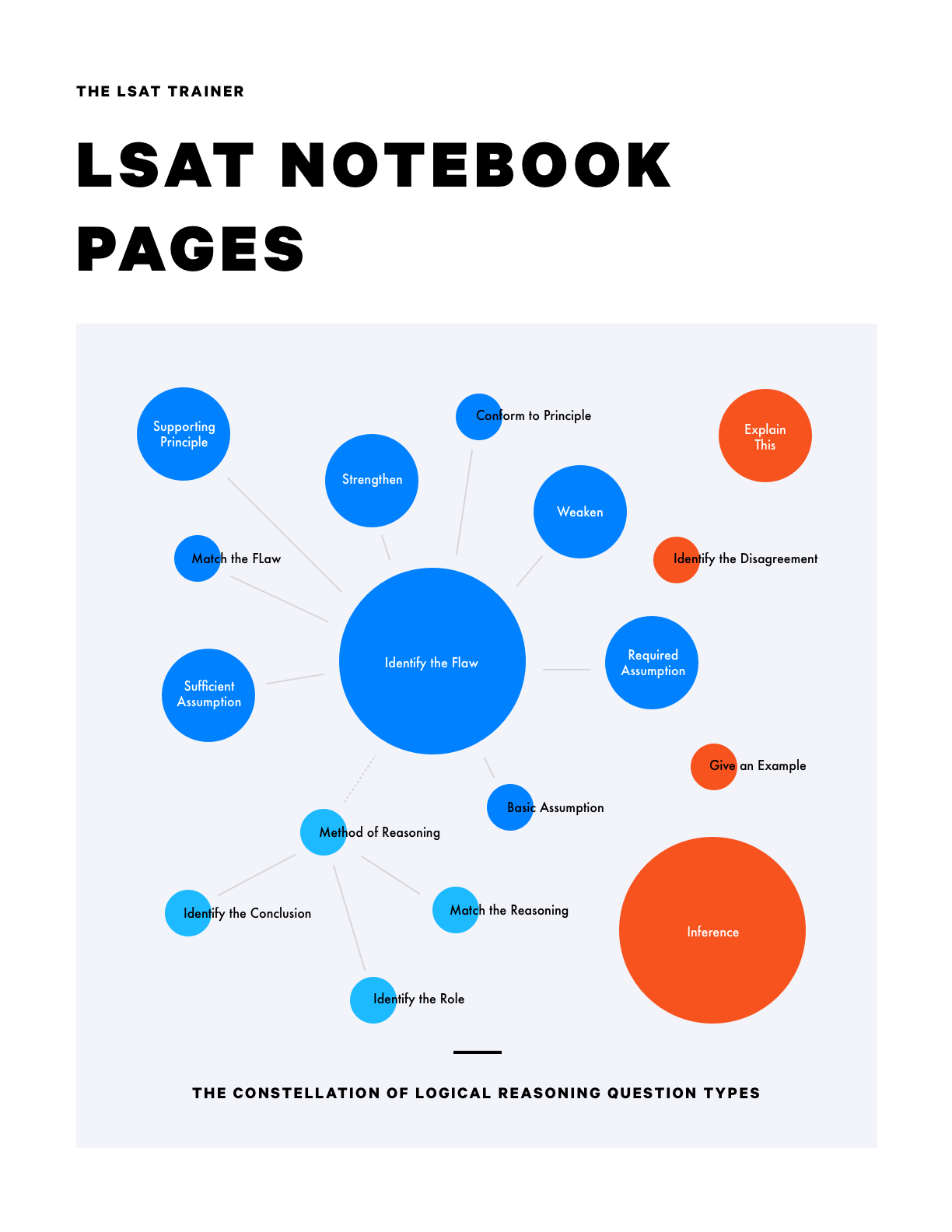Game 1
Step 1
Per the given scenario, we can write out the six elements to be placed - J, K, N, Q, R, and S - and we can lay out the six positions to be filled - morning and afternoon for Wednesday, Thursday, and Friday.
Step 2
Per the first rule, we can notate that we must have either J and K together in a group or J and Q together in a group, with J in the morning position for both options.
Step 3
Per the second rule, we can notate that we must have either N and R together in a group or S and R together in a group, with R in the afternoon position for both options.
Step 4
Per the third rule, we can notate that Q must come before both K and N.
Game 2
Step 1
Per the given scenario, we can write out the six elements to be placed - G, H, J, L, M, and P - and we can lay out the six positions to be filled, in order.
Step 2
Per the first rule, we can notate that L and M must both be before H.
Step 3
Per the second rule, we can notate that both L and P must be before J. We can connect this to our notation for the first rule.
Step 4
Per the third rule, we can notate that if we have M - P, then we must have H - G, as well as the contrapositive.
Step 5
Per the fourth rule, we can notate that G can’t be last. We can infer at this point that, per this rule and the ordering relationships given in rules 1 and 2, J and H are our only options for the final position.
Game 3
Step 1
Per the given scenario, we can write out the seven elements to be placed - the three M’s and the four S’s, and we can lay out seven positions to be filled, in order.
Step 2
Per the first rule, we can notate that we cannot have more than 4 total “letter blocks,” with a letter block being defined as a set of consecutive M’s or S’s (of course, you could use any other terminology you’d like). Alternatively, we could have notated that we have 3 or fewer switch overs.
Step 3
Per the second rule, we can place M into the fifth position.
(Note: This is a game for which there is very little setup, but it can be very helpful to think about our options and mentally play around with the elements before going into the questions. For example, if we try separating out all of the M’s from one another we’d have too many switch overs, so we know that at least two of the M’s have to be grouped together. There are many other ways to think about the limitations as well, and, again, it’s worth our while to get comfortable with that before going into the problems.)
Game 4
Step 1
Per the given scenario, we can write out the six elements to be placed - F, G, H, J, K, and L, and we can lay out the six positions to be filled, separated out into three groups - R, S, and T, and by job within each group - photographer’s assistant or writer’s assistant.
Step 2
Per the third rule, we can notate that H will be in the photo row.
Step 3
Per the fourth rule, we can notate that J must be assigned to T.
Step 4
Per the fifth rule, we can notate that K is not assigned to S.
Step 5
Per the second rule, we can notate that F will be in one field and K will be in the other.
Step 6
Per the first rule, we can now infer that G and L must be writers assistants, because we don’t have enough space for them both to be photographer’s assistants.
Step 7
We can now infer that J must be a photographer’s assistant (no more space to be a writer’s assistant) and place J into the photo position for T.



